
Spanning from 358.9 to 298.9 million years ago, in an age where Amphibians and Arthropods(invertebrates), among these giant dragonflies, Meganeura with a wingspan of 75cm and giant scorpionlike creatures growing up to 70cm, were the landanimals living amongst giant treeferns and seedferns, horse-tails, scale-trees, cycads, no flowering plants, no reptiles or mammals.
In the seas you'll find corals, ammonoids, sponges, Echinoderms(Seastars, seaurchins), Arthropods including trilobites and fish with many early sharkrelated species.
In Belgium(and all over the world) the swampy forrests, were deposited over millions of years into charcoal layers, being industrially exploited, terrils or waistedeposits strewns along the landscape are the place to look for fossils.
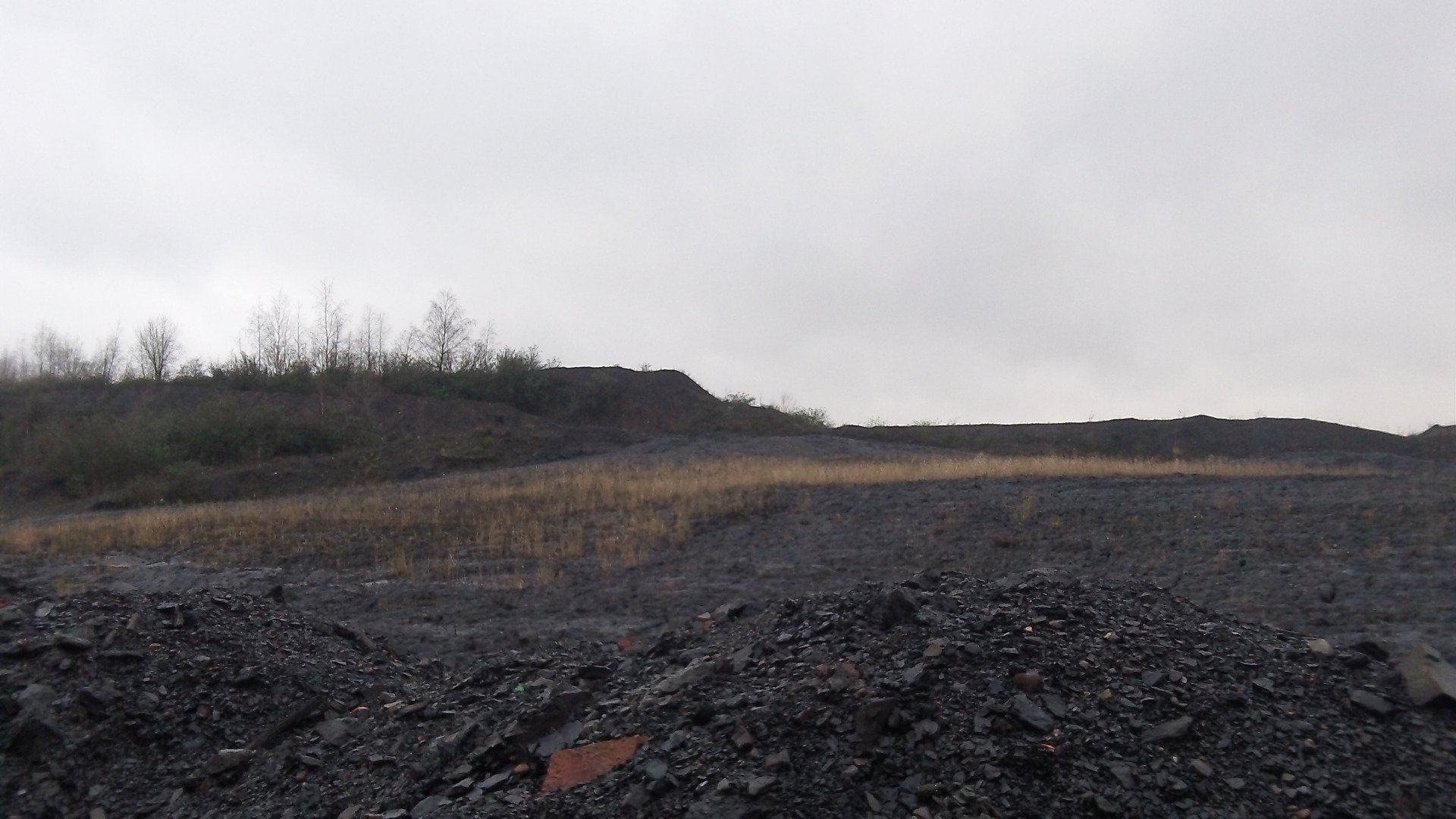
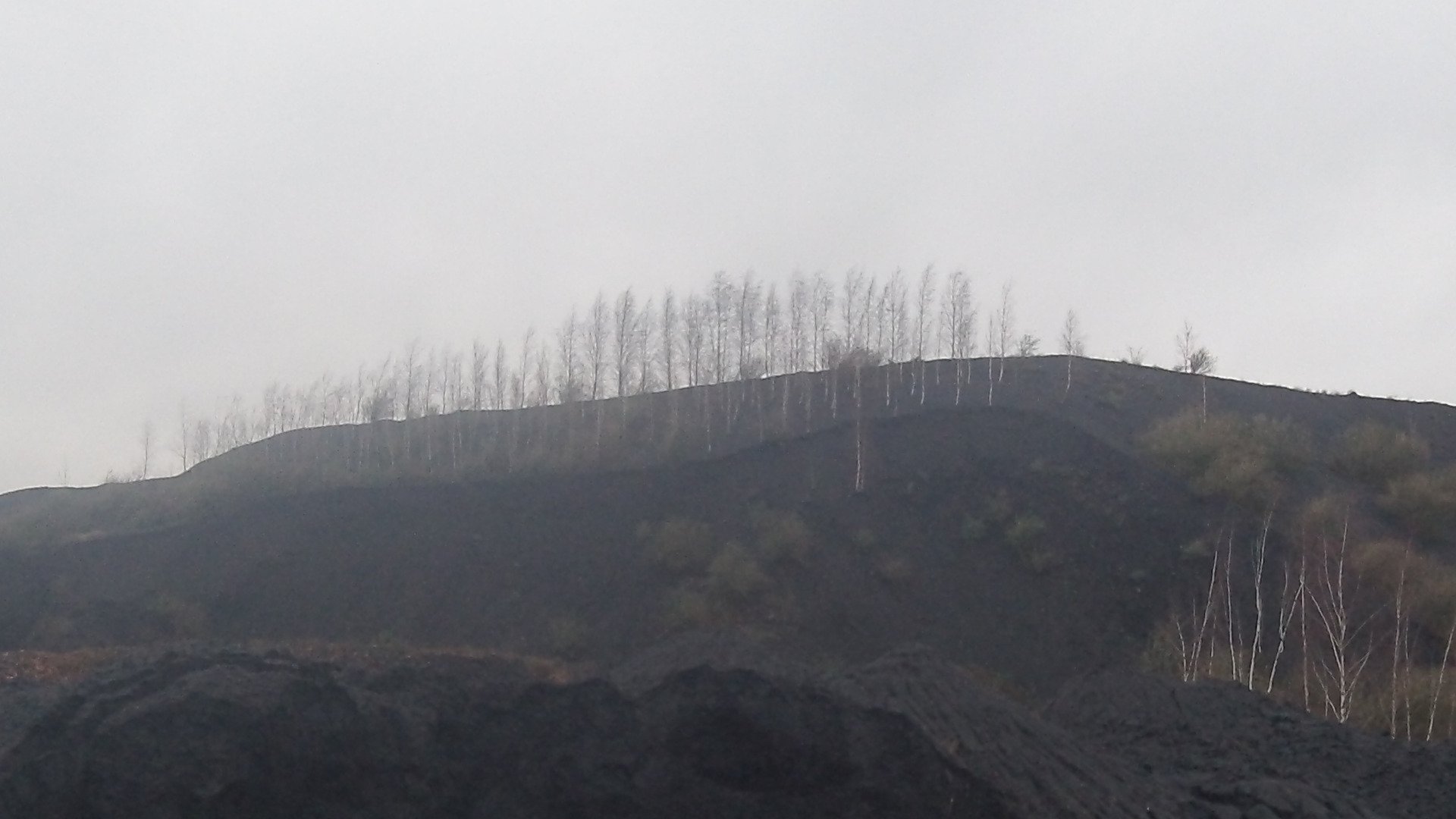
By digging for charcoal, going deep into the ground and going through the geological layers in 1878 in Bernissart, the famous Belgian Iguanodons where found.
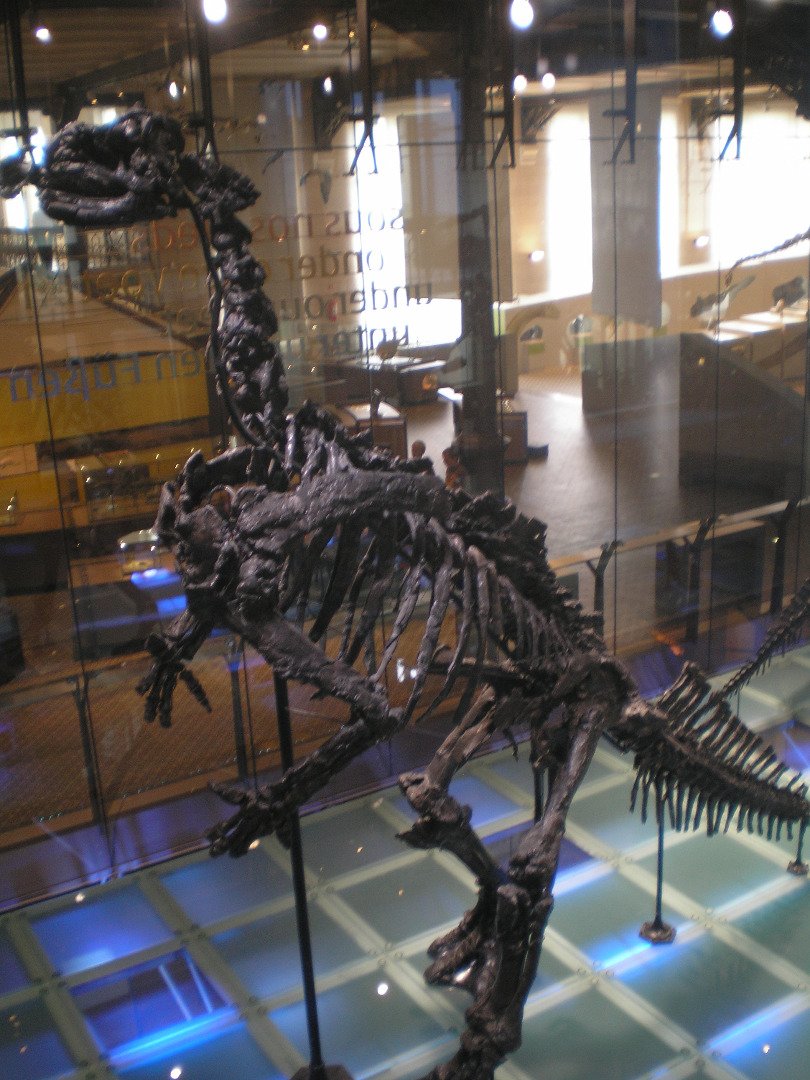

Which can be seen in the Belgian museum of Natural history in Brussels, where they have a large collection of dinosaurs, including T-Rex.
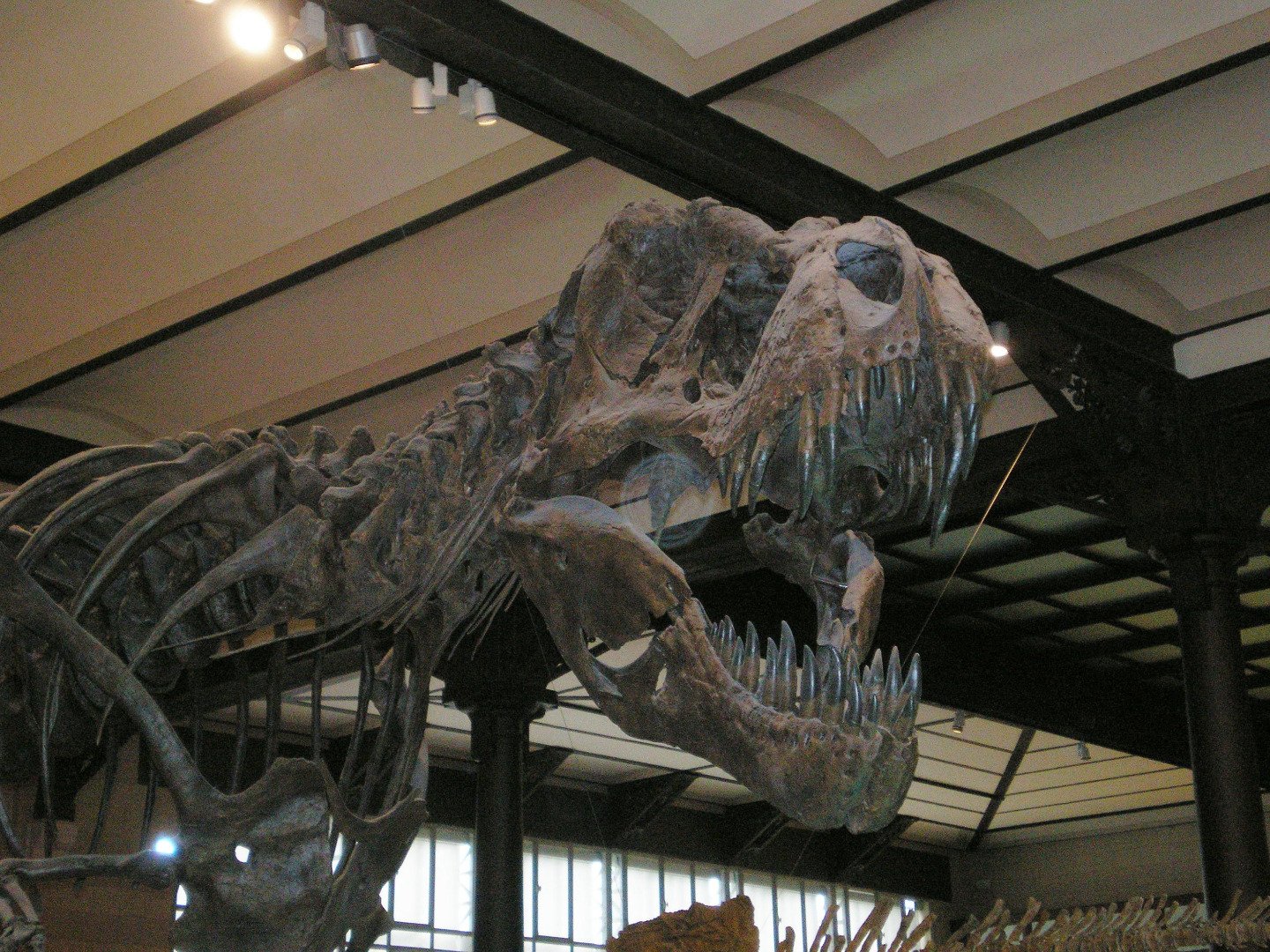
So what to expect when you visit a terril in Belgium,
basicly a lot of plantmaterial, some freshwater molluscs, if you are lucky traces of insects.
Some examples,

Root system, stigmaria

Treetrunk, Calamites

Mariopteris muricata, climbing seedfern

Freshwater molluscs Carbonicola

Treebark, Lepidophloios sp.
Among with Lepidodendron common finds,
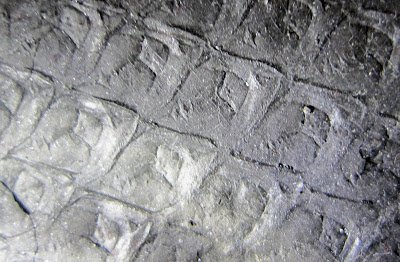
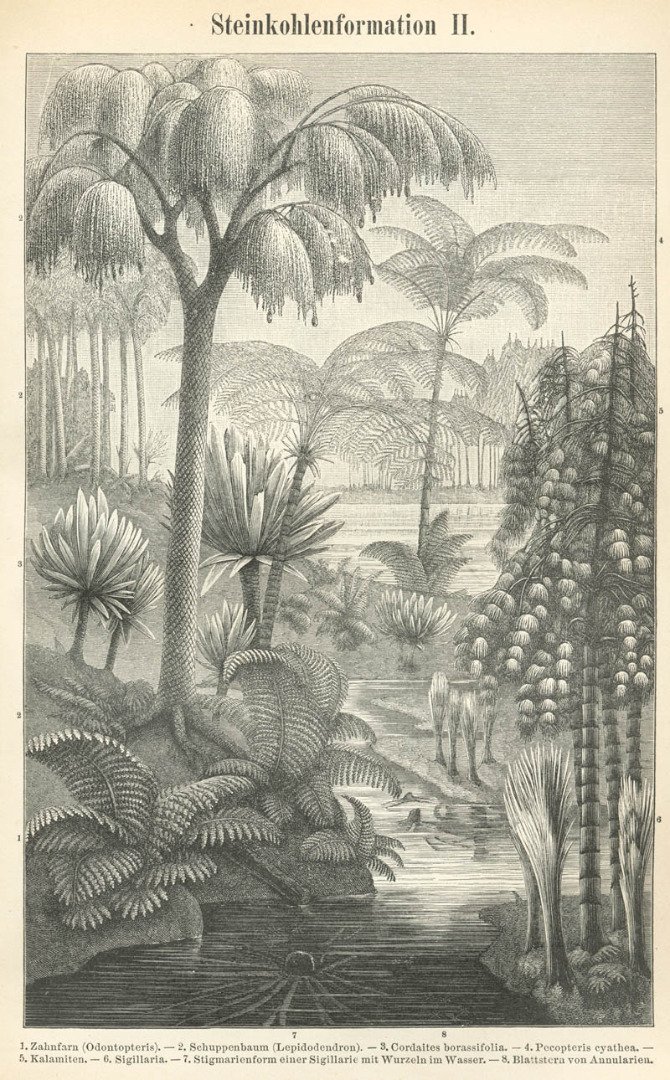
Imagecredit, Book 15 of the 4th edition of Meyers Konversationslexikon (1885–90), no copyrights
in the Belgian Carboniferous.
